(Ferrara 1842 - Paris 1931)
Nude from behind, presumed portrait of Lina Cavalieri (1874-1944)
Graphite paper
H. 280 mm; L. 255 mm
Signed lower right, and dated 1901
Provenance: Christie's London, lot 516, June 29, 2000; Me Briest, Hôtel Dassault, lot 12, sold for €42,000, June 22, 2001.
Born in Ferrara, where his father worked as a painter and art restorer, Boldini quickly left Emilia-Romagna to go to Florence in 1862. There, outside the Academy, he rubbed shoulders with the Macchiaoli group, with whom he explored the search for a new relationship with nature, more direct and immediate. Already a renowned portraitist at the age of twenty, he was hired in 1866 to create a cycle of naturalist frescoes for the Villa Falconiera in Pistoia by Isabella Falconer. This English patron opened the doors to Europe for him: in 1867, he was in Paris for the Universal Exhibition where he met Edgar Degas and Edouard Manet who would singularly influence his pictorial approach. In 1869 he went to London, studied Thomas Gainsborough and quickly achieved great success among socialites with his portraits of ladies. From 1870, he settled in Paris in the Pigalle district and began to portray “All-Paris”. His success as a portraitist, certainly worldly, but also very innovative in the naturalness of the poses, both refined and eccentric, the liveliness of the electric touch and the colors, will no longer be denied. He will frequently stay in Italy, Holland, Spain and New York. A man of the world, the “master of Ferrara” was a friend of Baron de Rothschild, the musician Giuseppe Verdi, the novelist Colette and the painters Edgar Degas and John Singer Sargent, whose Parisian studio he took over in 1885. If his Socialite portraits have made Giovanni Boldini's reputation, we cannot exclude from his production more intimate images of poses of his models. Such is this nude back where the artist's lively touch is placed in areas in the background in order to bring out the generous feminine forms in reserve. The curves of the body are highlighted by the circular movement of the pencil strokes, which we expect in the strong compositions of the Belle Époque maestrode. The fine face and aquiline nose can direct us to a Boldini model of the time: Lina Cavalieri, an Italian soprano who was successful in Paris, who posed in front of the painter's easel on numerous occasions. A painting produced in 1898 and entitled Il cappellino nuovo also represents the young woman in profile.













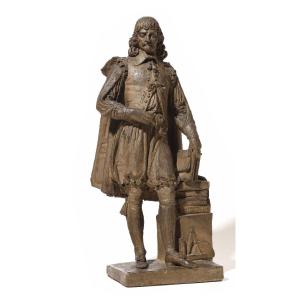



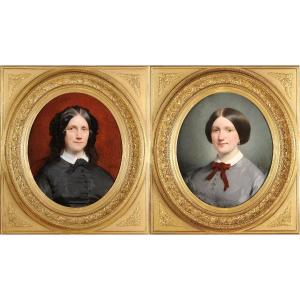

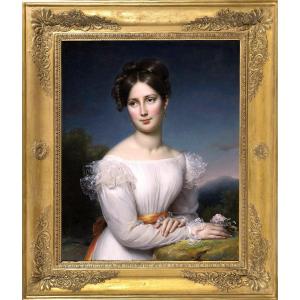
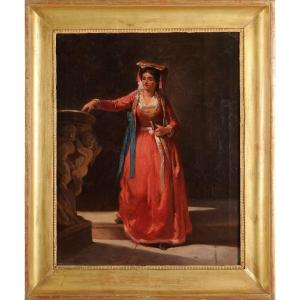
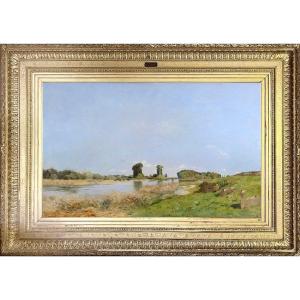
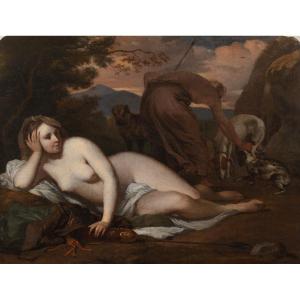
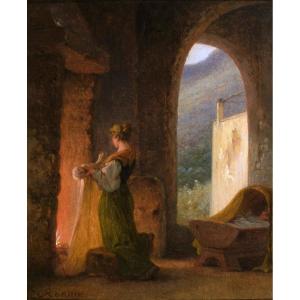

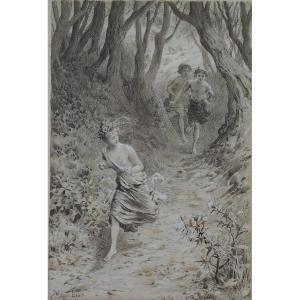

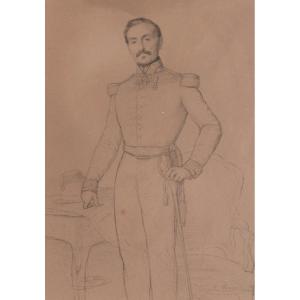




 Le Magazine de PROANTIC
Le Magazine de PROANTIC TRÉSORS Magazine
TRÉSORS Magazine Rivista Artiquariato
Rivista Artiquariato